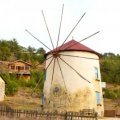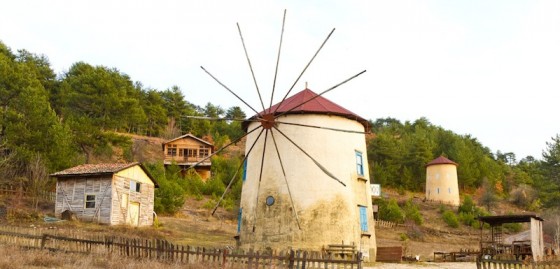 Designed for use by millions of devices uploading to the cloud
Designed for use by millions of devices uploading to the cloud
Turkcell now supports NB IOT (NarrowBand-Internet of Things) across Turkey. With the NarrowBand IoT technology, sensors in smart cities will communicate the measuring results to a platform with short delay times provided by LTE. Data is then collected by the sensors and communicated to cloud via LTE to be turned into meaningful data through big data analyses.
This NB IOT (NarrowBand - Internet of Things) can be used by many industries from energy and healthcare to logistics and education will allow machines to communicate with each other via Turkcell’s LTE - A infrastructure.

Gediz Sezgin, Turkcell's Executive Vice President Network Technologies, says “While our living spaces become more and more “connected” every day, Turkcell’s mobile infrastructure is now ready for a world where billions of devices will connect. We became the first operator in Turkey to support NB IOT (NarrowBand-Internet of Things) required for new-gen innovative applications.
NarrowBand - Internet of Things will extend smart city applications and many innovative solutions will be developed, he says. It is expected that the economy created by this technology as of 2025 will exceed $3tn.
“Offering a technology which will create such a volume requires a very strong LTE - A infrastructure. We offer the first and the best NarrowBand - Internet of Things services in Turkey thanks to the advantages and broad coverage of the frequencies. As Turkcell, we will continue to research and invest to introduce the most contemporary technologies.”
As an example this technology can be used in large cities where parking space is a problem, where sensors which communicate fast allow people to reserve parking spaces in advance and save time and fuel. Sensors installed on garbage containers allow the garbage to be collected on time based on fill rate. Smart sensors make remote monitoring of water and gas levels easier. Automatic irrigation of cultivated areas based on measurement of humidity improve the crop yield and tracking applications for livestock are made more effective and easier.